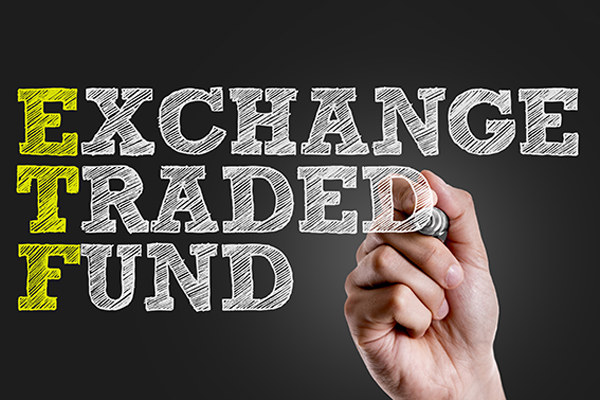Active ETFs vs. Smart Beta ETFs – What’s the Difference and Why Does it Matter?
ETFs are quickly evolving into more than pure index replicators
As exchange-traded funds (ETFs) continue to garner attention, the investment strategies available are also growing in numbers and variety.
What are they?
An ETF is an investment fund that trades on a stock exchange and aims to replicate a particular index, commodity, bonds or a basket of assets. An ETF is structured much like a mutual fund, which is not traded on an exchange. ETFs have generally been passive investments with the intention to mimic an index’s return; no investment decisions are made to impact performance. ETFs are gaining investor preference as they tend to have lower fees than mutual funds while having the potential to outperform actively managed funds.
The evolution to active ETFs
In recent years, portfolio managers have developed ETF structures that better accommodate active investing, which can help ETFs improve its risk management and strive for better risk-adjusted returns.
An “active” ETF has a portfolio manager or team who makes investment decisions in the portfolio, but unlike mutual funds, also trade on exchanges. Active ETFs can be based on an underlying index; or, a portfolio manager can hold individual securities, such as stocks and bonds, or may be investing in other ETFs, in order to maintain a position in a certain sector or asset class. Managers may change allocations, use market timing to buy and sell holdings, or otherwise deviate from an index as long as it meets the investment objectives of the ETF.
Quasi-active: Passive investing with a twist
A “smart beta” ETF is one of the newest forms to offer the potential for enhanced index returns. While this is a “rules-based” investment strategy, smart beta is similar to active ETFs in that it goes beyond the limitations of a traditional, market-cap weighted index to add value to returns. Where smart beta differs from active ETFs is that no individual is actually making the decisions – they are made fully by computer models that have decades of historical data on which to base investment strategies.
This investing approach, also called “strategic beta,” passively follows an index. However, it uses alternate criteria to select the weight each security will have in a fund. There are many popular strategies already for smart beta, including equal weighting assets as opposed to weighting by market capitalization (the most popular way indices are constructed), or using other metrics such as:
- dividend yield
- estimated future volatility
- momentum
- underlying fundamentals such as earnings, book value, or price-to-equity
Only holdings that “fit” all the rules for a particular ETF will be included in the portfolio. The goal is to outperform market-capitalization-weighted indices, while reducing risk and increasing diversification.
Active, smart beta and passive ETFs can each have a place in an individual’s portfolio, but investors need to understand how each strategy performs and how they interact. Advisors who are interested in these ETFs for their clients should check with their dealer to see if they are eligible to buy and sell them. For more information, check out IFSE’s Exchange-Traded Funds Course.

